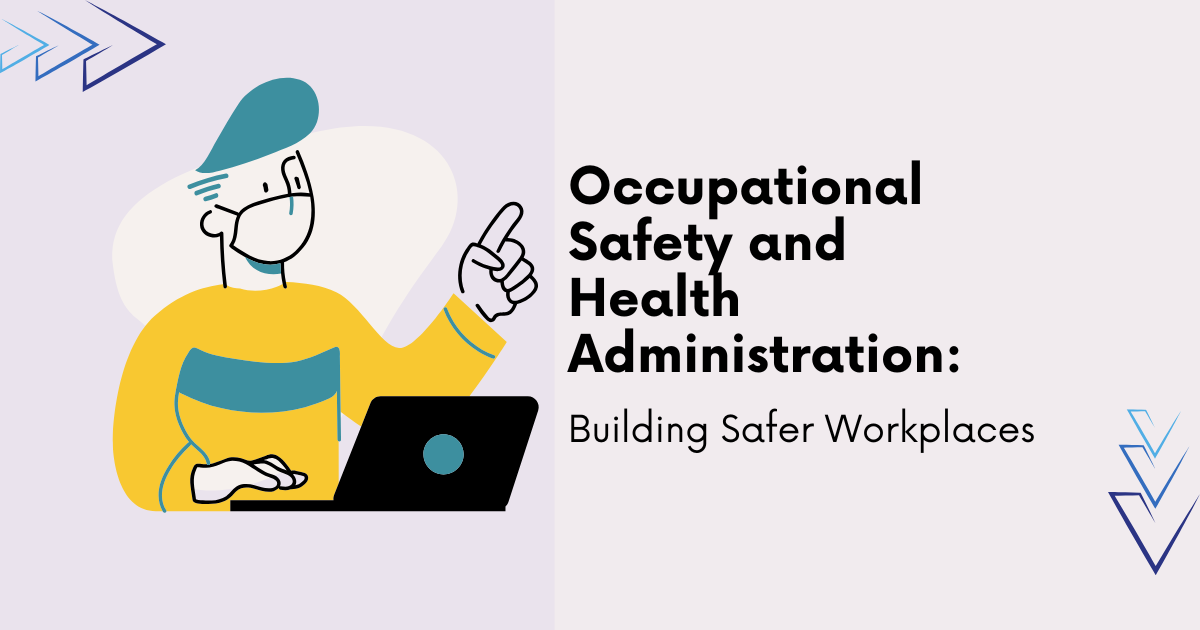Sep 12th, 2025

In every industry—whether construction, healthcare, manufacturing, or IT—safety remains a fundamental priority. The Occupational Safety and Health Administration (OSHA) plays a crucial role in ensuring that businesses protect employees from workplace hazards and maintain compliance with established standards. For organizations, OSHA guidelines are not just about avoiding penalties; they are about saving lives, reducing injuries, and building a culture of trust.
This article explores the importance of OSHA, its regulations, training initiatives, and how businesses can implement modern methods like digital tools and interactive media to create a safer working environment.
The Occupational Safety and Health Administration is a U.S. government agency founded in 1971 with the mission to ensure safe and healthful working conditions. OSHA achieves this by setting standards, conducting inspections, providing training, and enforcing compliance. Over the years, OSHA has transformed how businesses think about safety—shifting the focus from reactive measures after accidents to proactive safety management systems.
Compliance with OSHA standards is not only a legal requirement but also a moral responsibility for employers. Some key reasons OSHA standards matter include:
OSHA covers a wide range of industries and workplace hazards, including:
Each guideline is designed with one ultimate goal: to keep employees safe from foreseeable harm.
OSHA emphasizes training as the cornerstone of workplace safety. Every employee, whether a new recruit or a seasoned professional, must be familiar with safety procedures and emergency responses. Traditional training methods like classroom sessions are valuable, but modern organizations increasingly adopt digital safety training tools to enhance retention and engagement.
For instance, many companies are now incorporating safety induction training video solutions to onboard new employees more effectively. Videos and animations provide clear, consistent, and engaging learning experiences, making it easier for workers to understand complex safety protocols.
One of the most innovative trends in workplace safety is the use of interactive media and visual storytelling. With advancements in technology, businesses can create immersive learning environments that replicate real-world hazards.
These resources not only improve knowledge retention but also align with OSHA’s emphasis on comprehensive training.
As industries adopt automation, AI, and smart technologies, OSHA regulations continue to evolve. Some future trends include:
With such advancements, safety training is becoming more engaging, accurate, and accessible than ever before.
To ensure compliance with OSHA and create a culture of safety, organizations should:
The Occupational Safety and Health Administration serves as the backbone of workplace safety standards in the United States. Its role extends beyond compliance—it’s about protecting lives and fostering environments where employees feel safe and empowered.
By adopting innovative tools such as safety animation video, interactive training methods, and safety induction video solutions, businesses can take workplace safety to the next level. Organizations that prioritize OSHA compliance not only safeguard their workforce but also strengthen their overall business resilience.
In every industry—whether construction, healthcare, manufacturing, or IT—safety remains a fundamental priority. The Occupational Safety and Health Administration (OSHA) plays a crucial role in ensuring that businesses protect employees from workplace hazards and maintain compliance with established standards. For organizations, OSHA guidelines are not just about avoiding penalties; they are about saving lives, reducing injuries, […]
Fill out the form below and we will send you a quote today…
Copyright © 2025 Interactivv.com. All rights reserved.